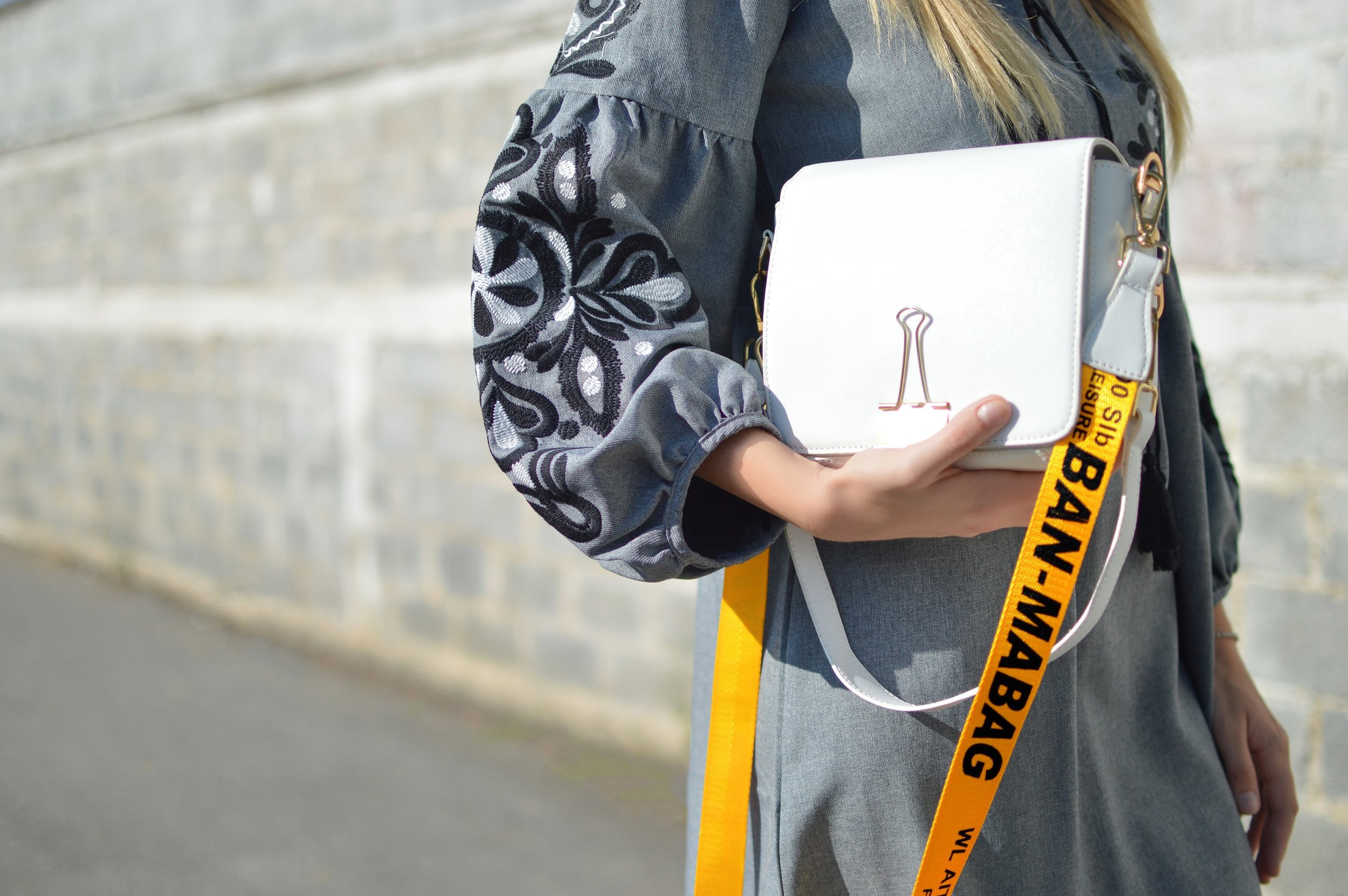
image: Pete Bellis/Unsplash
With the seemingly ever-increasing number of individuals who want to make it big as influencers also comes the rise in the amount of them that have taken to relying on bots to boost their followings and their user engagement levels. According to a recent piece by Digiday, one such individual – Jason Wong, a “micro-influencer” – used a bot service in connection with his Instagram account. The bot would “automatically like and comment 24/7 on posts that included related hashtags,” and as a result, Wong says it helped his account garner more than 100 likes per post than usual.
This has been something of a commonplace occurrence – and conversation – in fashion over the past several years. In 2014, for instance, Instagram posted a “Changes to Followers” message on its users’ activity feeds, announcing, “Your number of followers may change in the next few days as we clean up more spam accounts.”
The December 2014 clean up came on the heels of an earlier effort in April, the first time Instagram deleted inactive, old and spam accounts on a mass scale. A spokesman for Instagram said at the time: “We believe this will provide a more authentic experience and genuinely reflect people who are actually engaging with each other’s content.”
Twitter has periodically done the same thing. And now, three years later, the same conversation is making the rounds again, although it may be a bit more dire this time due to the rise in dollar amounts at play. As digital advertising spending is growing rapidly across the board to $83 billion this year alone (save for Procter & Gamble, which recently announced that it will cut back on its digital ad spend), the revenues being paid to influencers are skyrocketing, as well.
While it is currently unclear just how many influencers are aiming to over-state (or defraud, as Gil Eyal, CEO of influencer marketing platform Hypr, calls it) their followings thanks to the presence of bots, Digiday stays it is very common among micro-influencers – aka influencers with a few thousand followers, as opposed to hundreds of thousands or millions.
“Like Wong, many micro-influencers on Instagram are using bot providers — the costs range from $9 to $40 per month — to generate followers, likes and comments based on certain rules in an automated way. For instance, a user can ask the bot to comment ‘I love it!’ on posts about travel or like images posted from New York City.”
Instagram’s policy, which prohibits users from posting repetitive comments and artificially soliciting likes and followers, is not enough to dissuade these wannabe influencers, according to industry insiders. Joe Gagliese, co-founder and managing partner of Viral Nation, for instance, told Digiday that Talent management agencies, which are increasingly representing influencers, need to stop turning a blind eye to these aggressive growth-hacking tactics.
Matt Dunn, director of social and content systems for agency Arnold Worldwide, says the onus is on influencers, some of whom are raking in millions of dollars each year in ad revenue and from other ventures directly tied to their social media accounts/followings, and advertisers, alike. “If your marketing budgets are in the millions, there’s no place for you to play [the bot game],” he said.










